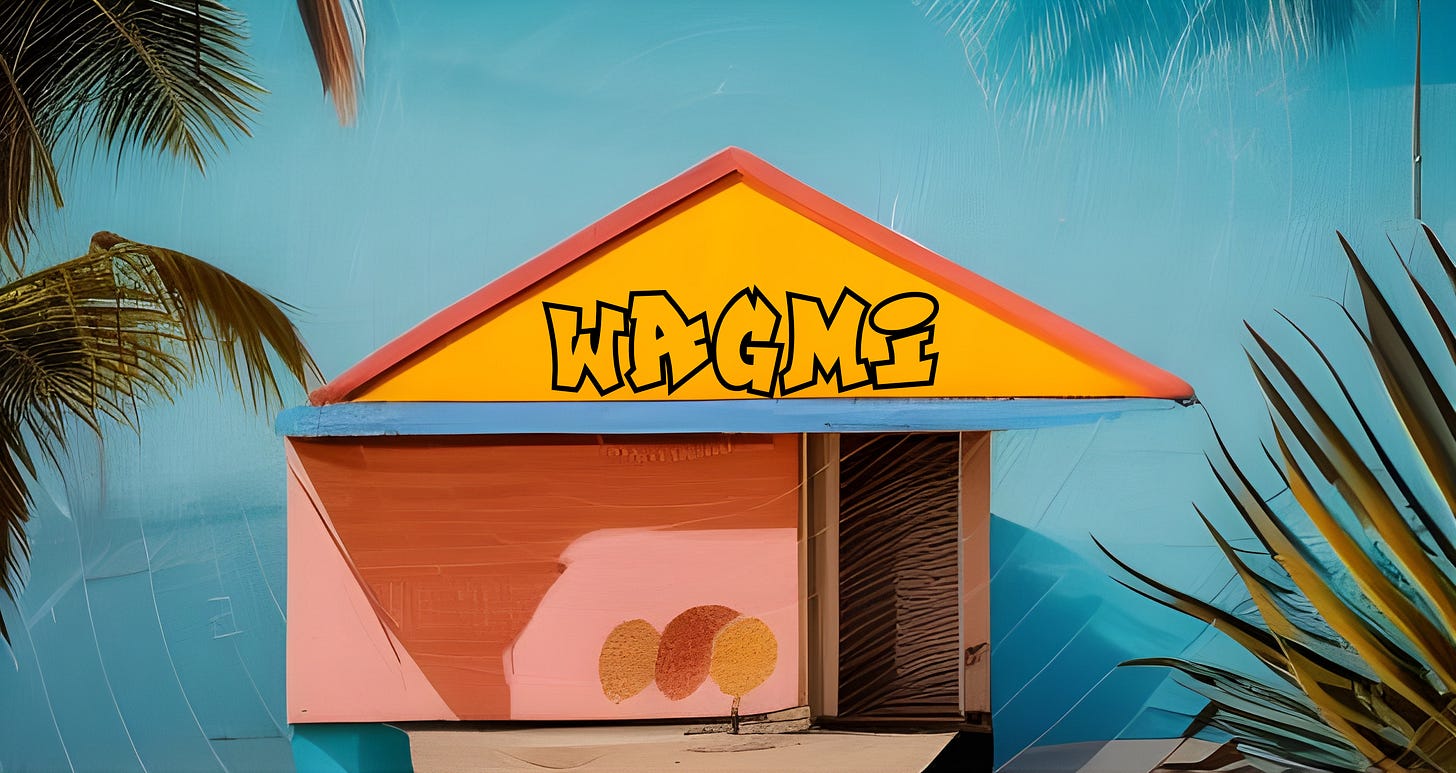Do your research to make it
Web3 speak in entry 5 of a crypto poet's guide to the metaverse.
Once upon a time, we were suddenly holding wireless communication devices in our hands. They allowed us to go wherever we wanted, and communicate with friends and family and anybody else who had a distance speaking device connection. We could even send short text messages to all those having a similar wireless device. These short messages were really short. You would only have the space of 160 characters to convey your message. Humans being creative as humans can be, came up will all sorts of acronyms to make the most of this limited space. Like LOL for laughing out loud.
Today, technology is no longer forcing us to limit ourselves in how we convey what we want to say. We can video call without even noticing that enormous amounts of data are being teleported around the globe instantly. It's amazing, actually, but not something to discuss further here. This is not a tech magazine. It's a poetry magazine. So, what does all this have to do with poetry? Well, if, like me, you want to publish and collect poetry on web3, you will have to get to grips with web3 culture. And despite there not being technological limitations anymore, web3 culture is full of acronyms. In this post, we discuss a couple of those, but it is by no means an exhaustive list.
Research this
If you want an exhaustive list, you would have to DYOR. That one stands for Do Your Own Research. It seems a bit unfriendly at first when you hear it, but it comes from a very metaverse mindset. The idea behind blockchains is decentralization. That involves not just that there is no central authority who owns a platform, the data, the access to financial instruments, it also involves that everybody is responsible for their own assets. You are responsible for what you have and what you do. I can tell you what I think and do, but that is not advice, and certainly, as you will hear at every corner in the metaverse, it is not financial advice. If you want to make decisions, or figure something out, DYOR.
GM. LFG!
These two acronyms you will come across a lot. Not unlikely in the same message (often a tweet). So, what do they mean? Well, the first one, GM, is part of a ritual. Something we all do and did in any setting where we meet our friends or colleagues every day. It's the morning greeting ritual. GM, as you may have guessed by now, stands for Good Morning. In the metaverse, we rise and greet our friends with those two letters.
Of course, as in any culture that explored uncharted territory, there's a lot of energy going around. Or maybe better: a lot of encouraging of energy. For that, to pump up the spirits, LFG is used: Let's Freaking Go! Encouragement is in any case a big thing in the metaverse. People tend to be kind to each other, rooting for their frens (that's web3-speak for friends). That brings me to the final acronym I want to talk about today.
A touch of togetherness
One thing that stands out in the metaverse, at least in the parts where I am roaming around, is the wonderful spirit of rooting for others. The spirit of support, of wanting others to do well. Not just out of sheer selflessness, but because of the deeply rooted conviction, the belief, the hope that We Are All Gonna Make It.
WAGMI!
Featured poet: Angad B. Sodhi
Some poets write powerful verses and know very well how to deliver them. Their voices almost being militant. They are part of movements. They are strong. Angad is such a poet. His movement: supporting artists and their art. He’s vocal about that, he’s enthusiastic. And he’s a big fan of the WAGMI acronym. But he’s also more than a poet. He’s a visual artist as well. A multi-talent. Both in the digital as in the physical realm. And sometimes that collides when he makes phygital art. The poem with art below is one example, but be sure to follow him.






